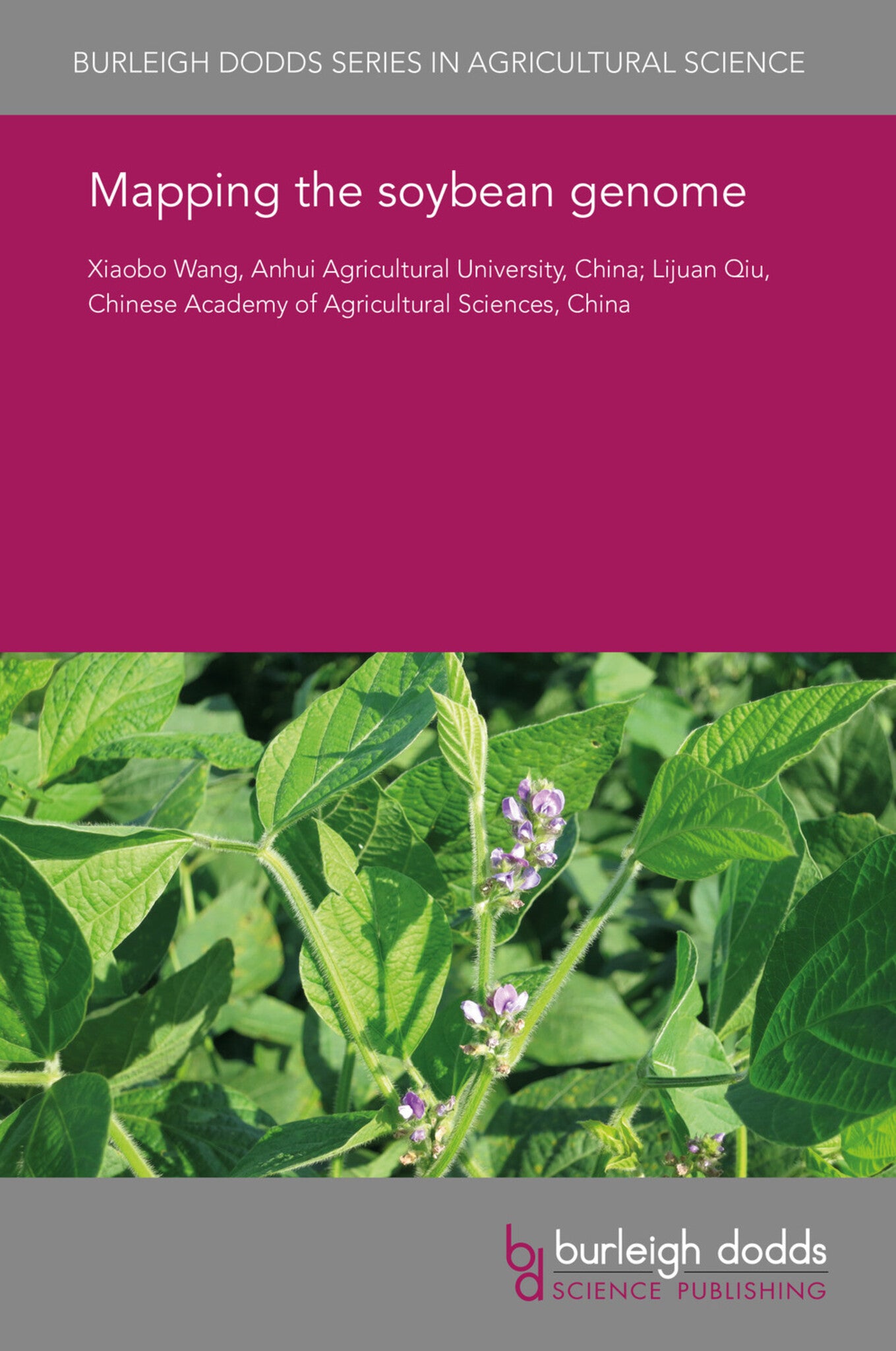We're sorry. An error has occurred
Please cancel or retry.
Mapping the soybean genome

Some error occured while loading the Quick View. Please close the Quick View and try reloading the page.
Couldn't load pickup availability
- Format:
-
31 May 2018


TECHNOLOGY & ENGINEERING / Agriculture / Sustainable Agriculture, Botany and plant sciences, TECHNOLOGY & ENGINEERING / Agriculture / Tropical Agriculture, TECHNOLOGY & ENGINEERING / Agriculture / Agronomy / General, Sustainable agriculture, Agronomy and crop production, Tropical agriculture

1 Introduction 2 Mapping the soybean genome: development of genome maps 3 New mapping techniques: specific-locus amplified fragment sequencing (SLAF-seq) mapping, whole-genome re-sequencing mapping and comparative genome mapping 4 Case study: comparing wild and cultivated soybean varieties 5 Case study: identifying salinity tolerance in soybean 6 Summary 7 Future trends 8 Where to look for further information 9 References



